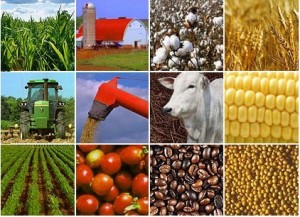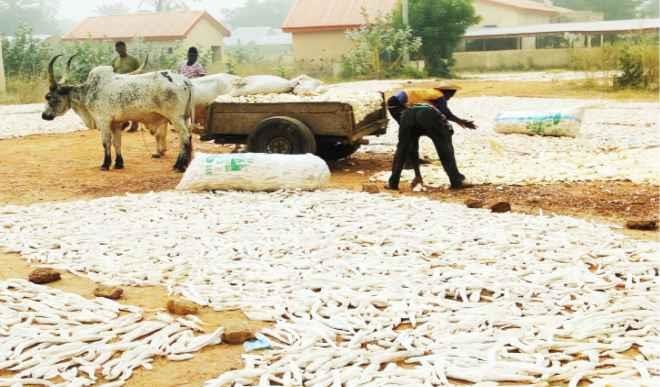 The surge of farmer-owned value-added processing has been rapidly developing. Producers of various commodities have begun to increase investment in their farming ventures, not by the traditional method of expanding production, but rather through investment in initial or first stage processing of their agricultural commodities and through the second stage marketing of their commodities.
The surge of farmer-owned value-added processing has been rapidly developing. Producers of various commodities have begun to increase investment in their farming ventures, not by the traditional method of expanding production, but rather through investment in initial or first stage processing of their agricultural commodities and through the second stage marketing of their commodities.
To some extent, further marketing and processing have been driven by low commodity prices, but, in general, these trends reflect the philosophy of a growing number of producers that producer-owned markets, whether for processing or otherwise, are essential for farmers’ continued existence in agricultural production.
Many types of value-added agribusinesses have been formed to further process raw agricultural commodities. Examples of such value-added agribusinesses include processing corn into sweeteners and ethanol; processing corn or soybeans into feed for hog production, fish production, and chicken and egg production; processing soybeans into structural board products; extruding oil and other related products from soybeans; processing hogs and marketing meat products; processing cattle and marketing beef products; and a number of other ventures (Campbell 1995).
The capitalization of these individual ventures has ranged from N1 million to N500 million, with most projects costing from N3 million to N10 million.
Other businesses, which are primarily cooperatives, have formed to market raw agricultural commodities. These businesses usually focus on quality characteristics of a specific commodity or commodities for which there is a limited or nonexistent market.
For example, farmers have formed marketing cooperatives in which members produce specific varieties of high oil corn as well as corn and soybeans with specific genetic traits.
The marketing cooperatives enter contracts with end users for these identity-preserved commodities. Other commodities, such as specialty crops and fruits and vegetables, have also been marketed in this manner.
One of the most important reasons why these businesses are being formed is to return profits to the farmer producers who provide the investment. Secondary benefits include the association of a number of independent farmers into a common enterprise, as well as the creation of businesses with stable and long-term ties to the local communities.
The Business Plan—How Good Must It Be To Start?
Identify Potential Market, Project Costs, and Quantify Revenue
During the life of an agribusiness project, a business plan takes many different shapes and forms. In their most basic form, business plans may start on a napkin that reflects a discussion among local producers at a local café as to additional margins that can be received on a specific project, the estimated costs of the project, and the likely capital cost per producer. The napkin business plan captures the basic premises—project costs, profit potential, and the capital contribution required for investor or per unit commodity contributed to the project—on which a successful business can be built. The napkin business plan created at the coffee shop is often the basis from which a more formal business plan is developed.
The further development of a business plan typically involves verifying assumptions on which the business idea is based. The potential market for the products and the anticipated project costs are usually examined on a more detailed basis by using consultants who outline the project in a more detailed manner and verify specific costs.
Costs typically include land, buildings, and equipment costs; organizational costs; consultant and legal costs; and regulatory costs necessary to start and operate a project. In addition to the initial cost of establishing the venture, it is important to further quantify the profit potential by identifying operational costs of the venture such as labor, utilities, inputs, debt financing, and other ongoing operational costs.
Revenue assumptions about the project must also be quantified and verified. An assessment of market or sales price paid for the commodity must be made. Frequently, this investigation takes two steps:
(1) Identification of pricing that is commonly paid and
(2) Determination of whether the market for the pricing being used is actually available for the products of the agribusiness venture. For example, a business plan for a bean processing facility would need to identify the price being paid for the processed beans and determine the potential for the markets to purchase as much processed bean products as will be produced and sold by the venture.





